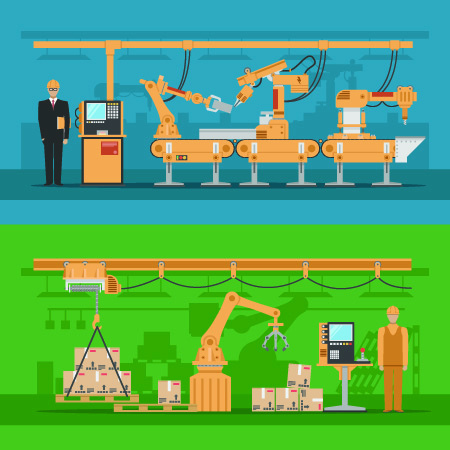
Once the pandemic slows down enough to allow people to stop thinking too much about death, they begin thinking about economics. And there we are already seeing some surprising events.
For one thing, many manufacturers have been shut down. Homeland Security lists the kinds of businesses which are allowed to stay open: “Workers necessary for the manufacturing of materials and products needed for medical supply chains, transportation, energy, communications, food and agriculture, chemical manufacturing, nuclear facilities, the operation of dams, water and wastewater treatment, emergency services, and the defense industrial base.”
Makers of hair dye, jigsaw puzzles, fitness equipment, and and cooking tools aren’t on that list. Yet all of these products are seeing surges in demand as people stay home. At least 18,000 factory workers have been laid off.
Those who continue to work are worrying about staying safe at work. Food producing facilities have had to shut down in the wake of confirmed COVID-19 cases on the floor. Factories are having trouble getting personal protective equipment like masks for their workers.
At the same time, labor shortages all along the supply chain are developing or worsening. Agricultural jobs have been hard to fill for years, and limitations on immigration into the U.S. are making that worse. Truck drivers are in short supply now, as are warehouse workers. Huge numbers of Americans have filed for unemployment compensation, but most are not ready to switch to jobs like picking strawberries or deep-cleaning stores at night.
Food shortages
Food shortages are especially paradoxical. For one thing, there is enough food to go around. Farmers had already planted and crops are coming in. Milk and eggs are being thrown away even as shoppers can’t find eggs on the shelves and stores are rationing eggs and dairy products.
What’s going on?
One of the biggest problems is that American were spending more than half their food budgets on prepared foods. Foods destined for food service use are packaged in big containers that won’t work in a home kitchen.
Diverting milk packaged for restaurant use into packages that will fit in a home kitchen requires a higher level of agility than most producers can achieve.
The other end of the supply chain is seeing changes, too. Stores that are used to having 4,000 items, many shipped from China, now see much higher demand for a much smaller number of items. Shoppers who used to buy 6 flavors of yogurt now want 36 rolls of toilet paper.
As stores limit the number of shoppers allowed in, close early for restocking and deep cleaning, and struggle to keep their workers safe, consumers increase their use of store pickups, Instacart, and stocking up on nonperishables.
Irrational behavior
Sure, there are some people behaving irrationally, but it’s more that lots of people are behaving unpredictably. Most shoppers over the past decade have tended to buy the same things at the grocery store each week, allowing the restocking algorithms to learn what to stock and keeping goods on the shelves for shoppers.
Suddenly, millennials are stocking up on flour and yeast. Nobody foresaw that.
And nobody knows what’s going to happen next.
We know that this is not the time to have problems with your machinery. If you need service or support for your Rexroth electric drive and motion control, call us and we will get you back up and running fast.
